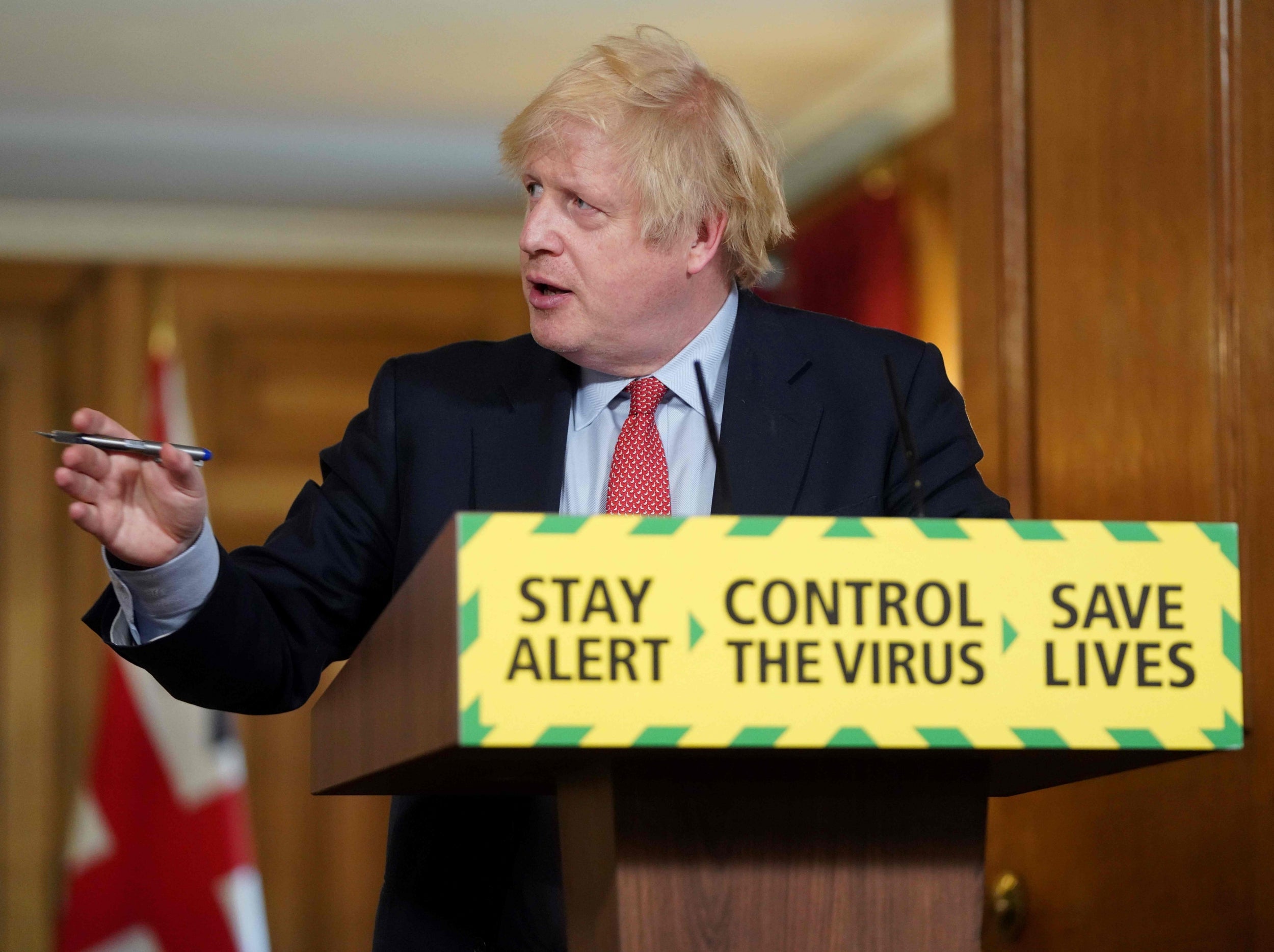
The UK and EU are negotiating a trade deal and have until the end of the year to do it. If nothing is agreed by 1 January, the UK will crash out of the single market without a deal.
That is, unless there’s an extension to the Brexit transition period Britain is currently in. It sounds simple, but there’s a catch: the deadline to agree such an extension to the transition is just a month away.
Battle-scarred from the last-minute decisions that characterised the first phase of Brexit talks, the UK and EU agreed to set the deadline for an extension six months in advance of the actual break, to avoid a cliff edge and give countries and businesses time to prepare for a no deal.
Download the new Independent Premium app
Sharing the full story, not just the headlines
It was well-intentioned. Surely this would remove uncertainty? But it may end up doing exactly the opposite. There’s always been scepticism about whether the end of June really is a deadline.
Of course, in EU law, it is absolutely the last time the transition can be extended. And the UK swears blind it won’t extend for any reason – as it did every other time until the last minute.
It’s also clear that Article 50, the terms under which the original deal was drawn up, is now useless to get Britain out of this situation – it only applies to departing member states, which the UK is no longer.
But where there’s a will, there is usually a way. A new report by experts at the Institute for Government spells out four ways the UK and EU could extend the transition once the June deadline has past.
Change the date in the withdrawal agreement
One way suggested by the institute’s report is to simply change the date written in the withdrawal agreement, that says an extension must be agreed by 30 June. Change the date to 31 December and you’re done.
But the researchers warn that “this option is far from straightforward”. While the UK government has the legal authority to change the agreement from its site, it’s not clear the European Union does.
The EU’s power is derived from the treaties and while the agreement can be amended to “correct errors, address omissions or other deficiencies”, it is not clear that this would fall under the scope. A ruling from the European Court of Justice would be required, making relying on this route a “big gamble”.
The latest news on Brexit, politics and beyond direct to your inbox
Create a new transition period to begin on 1 January 2021
If you can’t extend this transition period, why not create a new one? The institute suggests negotiating “a separate treaty” that “would pick up where the previous one left off” at 11pm GMT on 31 October when the current period runs out, averting a no deal.
There would be a legal basis for this: while Article 50 couldn’t be used, the EU could use the same tools at its disposal it is using to negotiate the current treaty.
One disadvantage of this approach would be to force negotiators to pause their talks on the future relationship to draw up this new treaty, simply to extend the time they have for the future relationship talks – hardly an ideal solution. The institute also says there are “significant political and legal risks”.
Put an implementation phase in the future relationship treaty
The two sides could also agree to include an “implementation phase” in the future relationship treaty. This would clearly be of no help if no future relationship treaty has been agreed, but it would give time at the end if negotiators got there in the end but cut things a bit fine.
This scenario isn’t quite as unlikely as it sounds – remember the situation in October 2019 where an extension was needed despite the deal being agreed. This gave the parliaments time to ratify the treaty.
The institute suggests the implementation phase could be similar to the current one, or cover different things. The aim would be to give time for businesses to prepare for the upcoming treaty.
This approach also opens up the possibility of agreeing a basic future relationship treaty with a very weak outline and leaving the difficult questions until further down the road. Crucially such an approach would allow negotiators to claim, to some degree, victory – while not having tackled the hardest issues.
Set up an implementation phase to prepare for no deal
This approach does not help avoid no deal, but it could cushion some of the blow. If all looks lost, both sides could create a “down-ramp” giving businesses more time to prepare for the cliff edge.
This would be helpful because of the uncertainty involved in the current situation. Previous surveys have suggested a limited level of preparedness among firms because many still hold out hope for an agreement and don’t want to waste resources preparing for something that might not happen.
“The negotiations could fail entirely,” the IfG says, noting that “trade talks often do”.
“Telling businesses to prepare for the worst just in case will not cut the mustard: if a business implements costly preparations for no agreement, it risks losing out to less conscientious competitors if an agreement is reached at the last minute,” the report explains,.
“Allocating a specific period of time during which government and businesses could focus exclusively on preparing for a no-agreement scenario could reduce the chances of this happening.”
But the politics of the situation could be difficult. “It is hard to see the UK and EU admitting that negotiations have irretrievably broken down before the autumn,” the authors say.
“And if they do, that will hardly be the most propitious time to embark on a new and technically complex negotiation on an implementation phase.”


